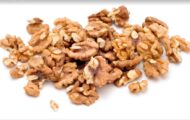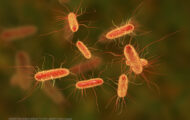Seventy-one percent of the world’s water-associated disease outbreaks reported between 1990 and 2008 were water-borne diseases caused by micro-organisms like E. coli that enter water through fecal contamination and cause infection when humans consume contaminated water.

That was a major finding in a newly published study conducted by Ohio State University scientists who constructed a massive database containing information about 1,428 water-associated disease outbreaks.
They used the model to predict that western Europe, Central Africa and Northern India are at higher risk for water-borne diseases, especially diarrhea and other complications from E. coli, and that the risk in Europe is primarily driven by water-carried diseases that tend to occur in recreational areas.
Based on a summary of the research provided by Ohio State, here are the five classifications given to the outbreaks and the corresponding percentage of outbreaks caused by each class
Water-borne (including typhoid and cholera) — 70.9 percent.
Water-based, caused by parasites that spend part of their life in water — 2.9 percent.
Water-related (such as malaria), which need water for breeding of disease-carrying insects — 12.2 percent.
Water-washed, caused by poor hygiene because no clean water is available — 6.8 percent.
Water-dispersed, (such as Legionella), caused by infectious agents that thrive in water and enter the body through the respiratory tract — 7.3 percent.
Even with all of the data available, the researchers suggest that their database and map represent just a fraction of the actual outbreaks that have occurred because the under-reporting of these diseases is a common problem, especially in the developing world.




